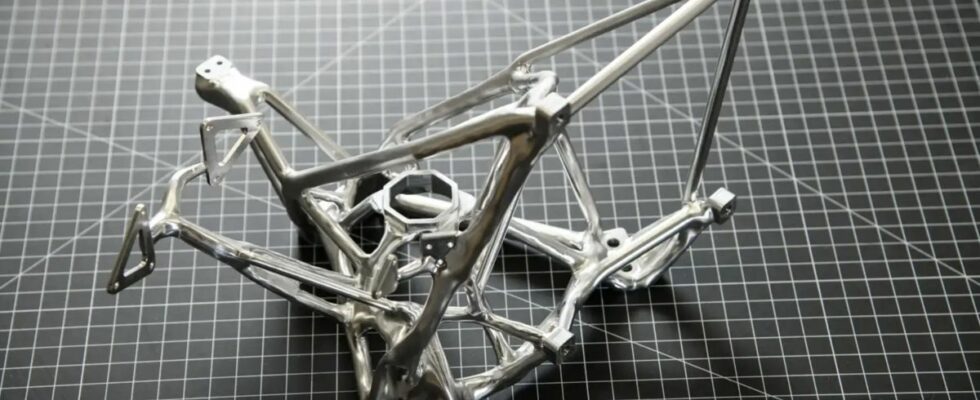“They look somewhat alien and weird, but once you see them in action, it really makes sense.” There is indeed something surprising in the design of the pieces presented by Ryan McClelland, an engineer at NASA. They did not just come out of the perhaps too Cartesian mind of a technician, but partly the work of an artificial intelligence.
McClelland is described by the US space agency as a “pioneer in the design of specialized unique pieces using artificial intelligence software”. Its work is done with commercially available software and the parts are produced at NASA’s Goddard Space Flight Center in Greenbelt, Maryland.
In concrete terms, this computer-aided design (CAD) specialist works in tandem with the AI, initially indicating the objectives and constraints of the part. He also draws the surfaces where the part connects to the instrument or spacecraft, then marks the location of the bolts and fittings for the electronics. In short, it does markup work to chew the work to the software.
Lighter and more resistant parts
“Algorithms need a human eyeexplains the engineer. Human intuition knows what feels right, but left to its own devices, the algorithm can sometimes make structures too thin.” Crucially, these advanced and odd-looking structures are said to save up to two-thirds of the weight over traditional components, while the work done by the AI would save valuable time for engineers. engineers.
The resulting pieces are then close to what nature can create, much like the complexity of a human skeleton. The stress factors of these structures would even be 10 times lower than those of man-made parts, specifies NASA, while they support higher structural loads.
McClelland’s advanced components have been adopted by NASA missions at various stages of design and construction, including astrophysics balloon observatories, Earth atmosphere scanners, planetary instruments, space weather monitors, space telescopes and even the Mars Sample Return mission.
Soon, some parts will be developed for the EXoplanet Climate Infrared TElescope (EXCITE) mission, a balloon-mounted telescope developed to study hot Jupiter-like exoplanets orbiting other stars.
